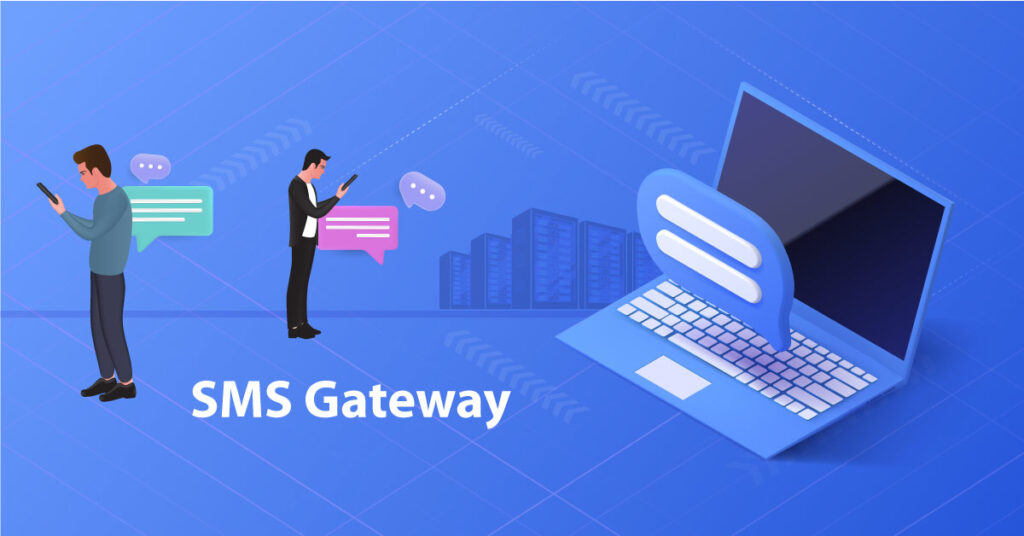In the realm of modern communication, sms gateway few inventions have had the enduring impact and widespread adoption of the Short Message Service, better known as SMS. From its humble beginnings as a utilitarian tool for sending brief text messages between mobile phones, SMS has evolved into a cultural phenomenon that has reshaped the way we communicate, conduct business, and even express ourselves.
The Birth of SMS:
SMS was first conceptualized in the early 1980s as a means for network engineers to communicate with one another. However, it wasn’t until the 1990s that SMS became available to the general public. The first SMS message was sent over the Vodafone GSM network in the United Kingdom on December 3, 1992. It read, “Merry Christmas.” Little did anyone know at the time that this simple message would herald the beginning of a communication revolution.
The Rise of Texting Culture:
Initially, SMS was primarily used for practical purposes such as exchanging brief messages or alerts. However, as mobile phones became more ubiquitous and texting became more affordable, SMS quickly gained popularity as a convenient means of communication. Texting offered a way to stay connected on the go without the need for a lengthy phone call.
As texting became more prevalent, it gave rise to its own unique culture and language. Abbreviations, emoticons, and later emojis became common shorthand in SMS conversations, allowing users to convey tone and emotion in their messages. From LOL (laugh out loud) to <3 (heart), these linguistic innovations transformed the way we communicate in written form.
SMS in the Digital Age:
The advent of smartphones and mobile messaging apps in the early 2000s ushered in a new era for SMS. While traditional SMS remains a popular communication method, it has been supplemented and, in some cases, supplanted by internet-based messaging platforms like WhatsApp, Facebook Messenger, and iMessage.
These platforms offer features and capabilities beyond traditional SMS, such as group chats, multimedia messaging, and read receipts. However, despite the competition, SMS continues to be widely used due to its universality and reliability. Almost every mobile phone is capable of sending and receiving SMS messages, making it accessible to a broad audience regardless of device or internet connectivity.
SMS in Business and Beyond:
Beyond personal communication, SMS has found applications in various other domains, including business, healthcare, and emergency services. Businesses use SMS for marketing campaigns, appointment reminders, and customer service notifications. Healthcare providers leverage SMS to send appointment reminders, medication alerts, and health tips to patients. Emergency services use SMS for disaster alerts, Amber Alerts, and other critical notifications.
Furthermore, SMS has played a crucial role in political movements, social activism, and disaster relief efforts around the world. Its simplicity, universality, and immediacy make it an invaluable tool for disseminating information and mobilizing communities in times of need.
Looking Ahead:
As technology continues to evolve, the future of SMS remains bright. While internet-based messaging platforms continue to innovate and offer new features, SMS will likely remain a fundamental communication method for years to come. Its simplicity, reliability, and universality ensure that it will remain a staple of our digital lives for the foreseeable future.
In conclusion, SMS has come a long way since its inception, evolving from a simple messaging service to a cultural phenomenon that has transformed the way we communicate. Despite the rise of internet-based messaging platforms, SMS continues to endure as a ubiquitous and indispensable communication tool in today’s digital age.



More Stories
Embracing Clarity: A Comprehensive Guide to Hearing Aids
There are several types of air charter services available
The Enduring Legacy and Evolving Role of SMS in Communication